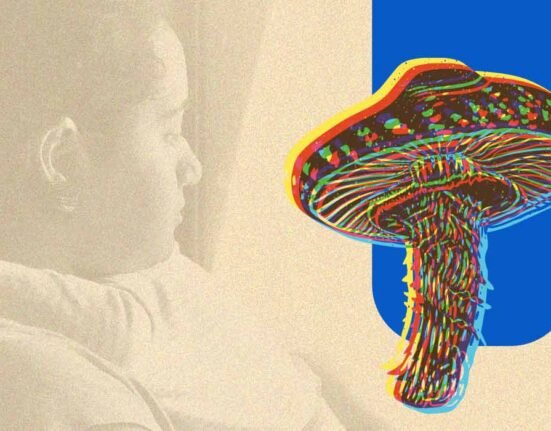A revolutionary study has revealed an important connection among anxiety disorders and testosterone as well as a brain receptor called TACR3. This study was published in the journal Molecular Psychiatry.
Tachykinin receptor 3 (TACR3)
TACR3 is tachykinin receptor’s family member as well as comes under the subfamily of rhodopsin. The study examines the link among TARC3 expression, anxiety, sex hormones as well as synaptic plasticity by using a rat model. It was discovered that decreased TARC3 expression inside the ventral hippocampus is related to severe anxiety. Throughout the estrous cycle, it varies and also indicates the person’s potential to sex hormones. Male sexual development is linked to a significant reduction in anxiety, and also rise in the hippocampus TARC3 expression, which occurs at the exact time as higher blood testosterone.
Also Read: Sexual Performance Anxiety: Symptoms, Causes, and Treatment
An unveiling connection
Although anxiety is an expected reaction to stress, and anxiety disorders could have a major influence on daily routine functioning for their sufferers. Clinical data suggest a significant relationship among both anxiety and low testosterone, specifically in males with hypogonadism, which is a disorder marked by decrease in sexual function. Nevertheless, the specifics of this connection’s nature are still not clear at this point. It is also found that rise in anxiety level lead to the reduction in the TARC3 level in the hippocampus in males. The part of the brain that is strongly connected to the memory as well as learning is the hippocampus.
Treatments used in the study
In the study, the researchers used the three different treatments to examine the different situations for the result of the study as well as for the measurement. Testosterone treatment, osanetant treatment as well as blood collection and hormone assays were used for the conduct of the study. Testosterone measurement and the implantation of in vivo mini-osmotic pumps were also carried out.
Also Read: Dating anxiety: Symptoms, Causes and the Management Tools
List of Drugs used in study:
- Glycine
- Strychnine
- Senktide
- Osanetant
- Testosterone propionate
Innovative tools
FORTIS is the first tool that looks for the alterations in the receptors, which are important for neural transmission in living neurons. By using this, researcher showed that blockage of tarc3 protected the parallel process of long-term synaptic strengthening or LTP, by the production of substantial increase in these receptors on the surface of the cell. The second innovative tool that is used was a unique application of cross-correlation to determine neural connections inside a multi-electrode array system. This tool was crucial in revealing the significant influence of TARC3 manipulations on synaptic plasticity.
Synaptic plasticity
The term “synaptic plasticity” explains the capacity of the relation among brain cells, which is known as synapse, to alter their efficiency as well as strength. The ability of brain to adapt to its surroundings depends significantly on this dynamic process. Through this process, the brain has the ability to modify its neural circuitry in response to new experiences or stimuli. Due to this adaptability, synaptic connections are changeable, that allow neurons to gradually enhance or decrease their communicative ability.
Also Read: Influence of Digital health interventions on postpartum anxiety and depression
Researchers have found that testosterone administration may reliably cure the deficiencies which are caused by TACR3 inactivity. It opens up new therapeutic options for anxiety that is connected with the shortage of testosterone. This study also finds the new development of new treatments like testosterone therapy that may enhance the quality of life for those who have the diseases related to sexual development as well as related anxiety and sadness (depression).
References+
Original source: the journal of Molecular Psychiatry
www.nature.com
www.sciencedaily.com
www.bgu.ac.il













Leave feedback about this